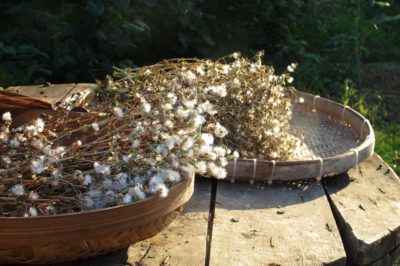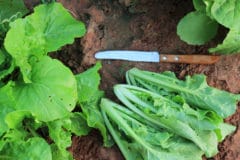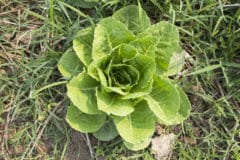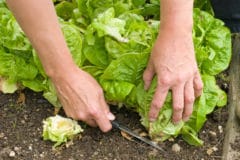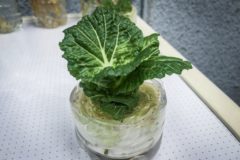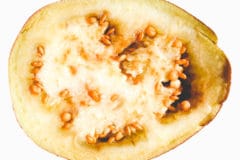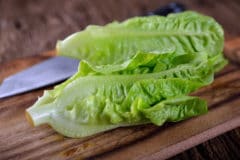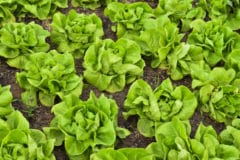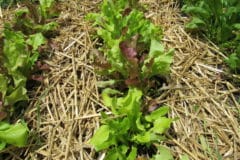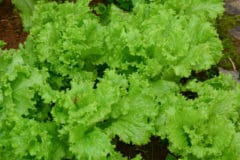Choosing Seed to Save
Typically lettuce will seed about 3 months after being planted. This is its natural process. Occasionally lettuce will bolt, or go to seed prematurely. Bolted lettuce will produce viable seed just like mature lettuce, but you might think twice before saving it.
Lettuce that bolted is telling you that it may not be the best adapted to your climate. Saving seed from the healthiest plants will strengthen the variety over time.
Seed saved from hybrid lettuce varieties such as King Crimson or Jericho is also not recommended. This seed will not produce the same variety of lettuce the following year. Instead, you will get an array of mixed up genetics from the parents of the hybrid.
Only heirloom and open-pollinated varieties will produce true-to-type plants in the second generation.
Saving Lettuce Seed: 3 Easy Methods
Saving lettuce seeds from your plants is relatively easy.
Hand Gathering
Simply allow the plants to mature on their own. Each pair of lettuce seeds is attached to a white dandelion-like ‘parachute’ called pappus. You know the seeds are ready to harvest when the pappus is well developed.
- Grab each pappus or seed between the fingers and rub until the seed falls into your hand.
- Put them into a bag or jar for storage.
Hang Drying
To hang dry your lettuce seed, wait until the seeds have matured. Judge either by the pappus growth, or it’s about 3 weeks after flowers appear. Cut the whole flower stocks off at the ground and gather them into loose bunches.
Hang them upside down in a dry, dark location for about a week or until the whole plant has dried. Then, shake the plants vigorously and the seeds will fall out ready for you to sweep up and store.
Tulle Catchment
As the flower stock matures and pappus begins to form, cut a piece of tulle fabric that can fit over the entire stock. Tie it around the stem like a little tulle cage, with no holes for seeds to escape through. The seed will naturally mature and just fall out into your tulle sachets. Cut the stock once it’s dry, turn over the sachet and gently remove the stock leaving the seeds in the tulle.
Storage
Don’t be picky about plant matter in your seeds. As long as it’s dry it won’t affect the storage or viability. Store all your seeds in a cool, dry, and sunless location. Plastic bags or glass jars work exceptionally well. Always mark them with the date harvested so you know which are older.
